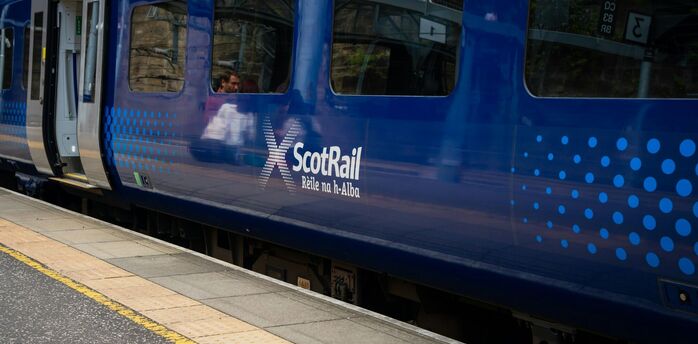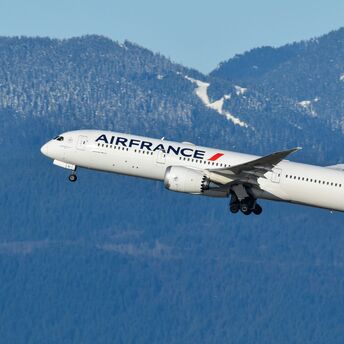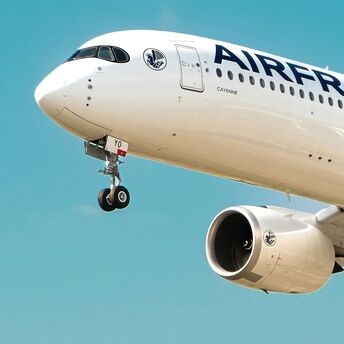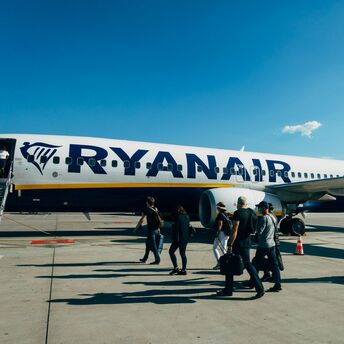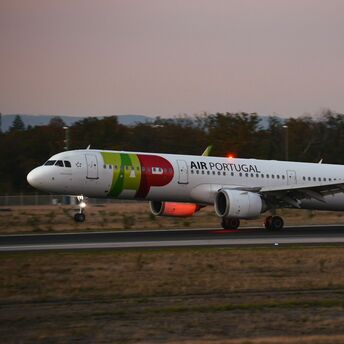New Iberia Route to Link Madrid with Northern Mexico from 2026
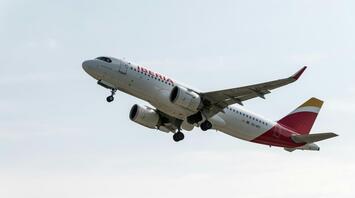
Iberia will add a new direct flight between Madrid and Monterrey on June 2, 2026. This addition will broaden its transatlantic reach. The Airbus A330-200, accommodating 288 passengers, will operate three weekly flights on Tuesdays, Fridays, and Saturdays. The first draft of the schedule says that flights will leave Madrid in the afternoon and arrive in Monterrey the same day. Return flights will leave in the evening and arrive in Madrid the next morning.
The new route strengthens Iberia’s operations in Mexico, where it currently operates three daily flights to Mexico City. With the addition of Monterrey, the total annual capacity between Spain and Mexico is expected to exceed 800,000 seats in 2026. The schedule for the new route is as follows:
- Departure from Madrid: 13:10, arrival in Monterrey at 17:05 local time
- Return from Monterrey: 18:35, arrival in Madrid at 13:05 the following day
- Operating days: Tuesday, Friday, and Saturday
Monterrey is one of Mexico's most important industrial and financial centers. It is in the state of Nuevo León, close to the US border. The new air link will make it possible to fly directly from northern Mexico to Europe without having to connect through Mexico City. This addition makes it easier for European travelers to get into northern Mexico, which is known for its modern infrastructure and growing business activity.
Monterrey has a lot of industrial activity, but it also has a lot of beautiful natural and cultural attractions nearby. Macroplaza is one of the biggest city squares in Latin America, and Parque Fundidora is a huge urban park with museums and event spaces. Nature lovers can easily get to Chipinque Ecological Park and the Horsetail Waterfall (Cascada Cola de Caballo). Santiago Pueblo Mágico, located nearby, features colonial architecture, traditional cuisine, and stunning mountain views, making it ideal for short getaways.

The launch aligns with a broader movement in global aviation aimed at expanding regional connectivity beyond primary capital cities. The Madrid–Monterrey route provides another travel alternative, which may ease pressure on existing flights and enhance accessibility to northern Mexico. This development further highlights the continuing demand for stronger air links between Europe and Latin America.


